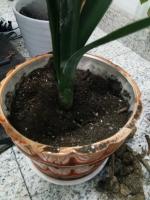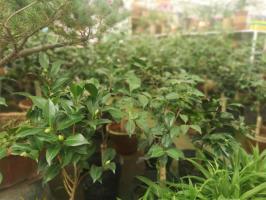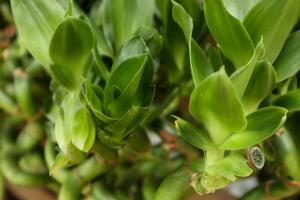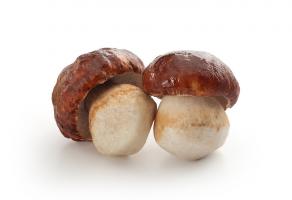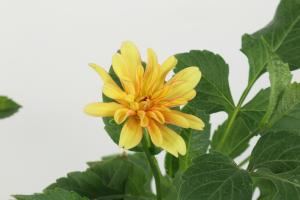Introduction
Plant genetic resources (PGRs) refer to the different genes and traits found in different plants. These resources are important for crop improvement and food security, as they allow researchers and farmers to create stronger and more resilient crops. In this article, we will explore the importance of PGRs and the different types of resources available.
Types of Plant Genetic Resources
There are many different types of PGRs available, including both wild and domesticated plants. Wild plants can be found in remote areas of the world and have unique genes that can be used to improve crop traits such as resistance to pests and diseases. Domesticated plants, on the other hand, have been cultivated by humans for thousands of years and have undergone significant genetic changes over time.
PGRs can also be divided into three groups: orthodox seeds, recalcitrant seeds, and vegetative propagation. Orthodox seeds are seeds that can be dried and stored in a seed bank for long periods of time, making them an important resource for conserving genetic diversity. Recalcitrant seeds, on the other hand, cannot be stored for long periods of time and must be continuously propagated.
Importance of Plant Genetic Resources
PGRs are essential for crop improvement, as they allow researchers to create plants that can withstand various stresses such as climate change, pests, and diseases. For example, wild crops can have resistance genes that make them tolerant to pests and diseases, which can be transferred to domesticated crops through the breeding process.
Additionally, PGRs are important for ensuring food security. By increasing genetic diversity in crops, farmers can grow a wider variety of plants that are adapted to different growing conditions. This could lead to increased food production in areas where crops have historically struggled to grow.
Conservation of Plant Genetic Resources
The conservation of PGRs is a critical task, as many important crop species are threatened by habitat loss, climate change, and other environmental factors. Seed banks, in particular, are an important tool for conserving genetic diversity. These banks store millions of seeds from different plant species and help to ensure that important traits are not lost.
In addition to seed banks, there are also other methods of conserving PGRs, including in vitro conservation and botanical gardens. In vitro conservation involves growing plant cells in nutrient-rich solutions, while botanical gardens provide a living collection of plants for research and conservation purposes.
Conclusion
In conclusion, plant genetic resources are critical for crop improvement and food security. Through the conservation of different plant species, researchers and farmers can create stronger and more resilient crops that are adapted to various growing conditions. As climate change continues to pose new challenges for agriculture, the conservation of PGRs will become even more important in the years to come.

 how many times do yo...
how many times do yo... how many planted tre...
how many planted tre... how many pine trees ...
how many pine trees ... how many pecan trees...
how many pecan trees... how many plants comp...
how many plants comp... how many plants can ...
how many plants can ... how many plants and ...
how many plants and ... how many pepper plan...
how many pepper plan...